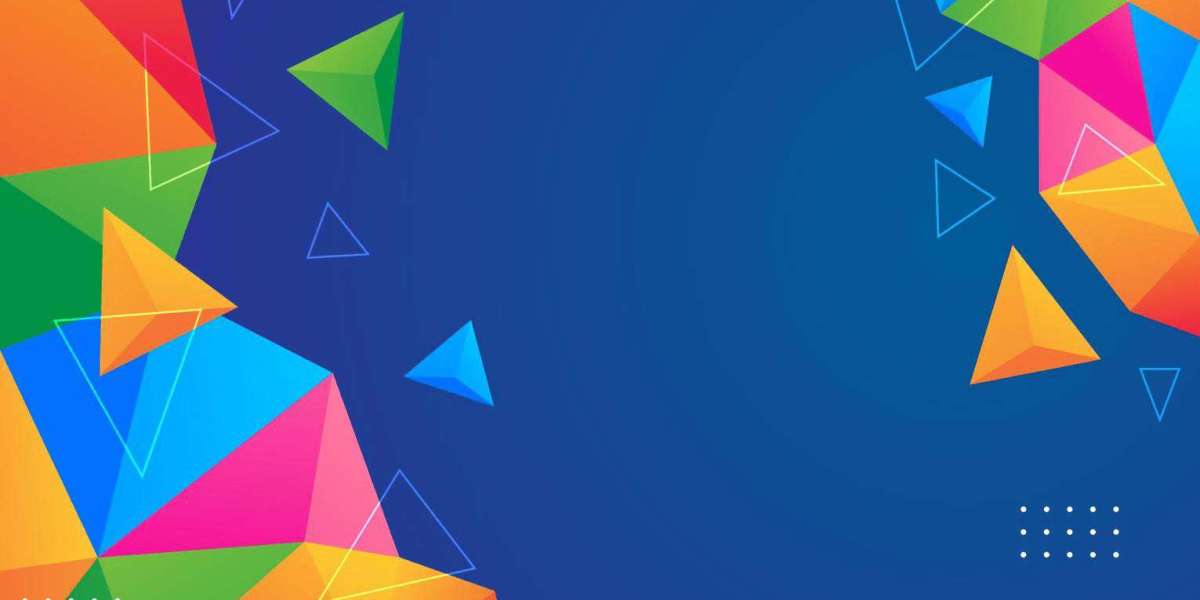Introduction
Picture this: You’ve found the perfect design for your next embroidery project. Now you face a choice – should you use that handy “auto-digitize” button in your software or send it to a professional for embroidery digitizing? This decision can mean the difference between embroidery that wows and designs that disappoint.
The auto vs. manual embroidery digitizing debate isn’t as simple as “good vs. bad.” Both approaches have their place in modern embroidery digitizing, but understanding their strengths and limitations will save you time, money, and frustration. After testing hundreds of designs and consulting with industry experts, I’m breaking down exactly what each embroidery digitizing method delivers – no hype, just honest facts about what really works in professional digitizing.
The quality of your embroidery digitizing – whether automated or manual – ultimately determines whether your design stitches out as a crisp, professional piece or a disappointing mess. Let’s explore how these two approaches to embroidery digitizing compare in real-world applications.
What Is Auto-Digitizing?
How It Really Works
Auto-digitizing software follows a basic process:
Analyzes your image’s colors and shapes
Applies generic stitch patterns
Generates an embroidery file in minutes
The Reality Behind the Hype
While advertised as “one-click perfection,” most auto-digitizing:
Creates jagged edges instead of smooth curves
Uses random stitch directions that fight your fabric
Overlooks crucial underlay stitches
Struggles with details smaller than 0.3 inches
Best Uses for Auto-Digitizing
✔ Quick concept mockups
✔ Simple shapes with clear outlines
✔ Personal projects where perfection isn’t critical
✔ Learning how designs translate to stitches
Manual Digitizing Explained
The Human Advantage
Professional digitizers don’t just convert – they engineer designs by:
Studying your specific fabric type
Planning stitch flows that complement the design
Building hidden support layers
Anticipating how the machine will sew the pattern
Why It Takes Longer (And Costs More)
A quality manual digitizing process includes:
Artwork analysis (15-30 minutes)
Stitch mapping (1-3 hours)
Testing and refinement (30+ minutes)
Worth the Investment When
• Your brand reputation is on the line
• Working with difficult fabrics
• Designs have fine details or small text
• Producing items for sale
Side-by-Section Comparison
| Factor | Auto-Digitizing | Manual Digitizing |
|---|---|---|
| Time | 2-5 minutes | 2-8 hours |
| Cost | Free-$10 | $25-$150 |
| First-Try Success | 30% | 90% |
| Fabric Handling | Poor | Excellent |
| Detail Work | Loses fine details | Preserves intricacies |
| Revisions Needed | 3-5 average | 0-1 typical |
When Auto-Digitizing Fails Spectacularly
5 Common Disaster Scenarios
Logo Embroidery – Tiny text becomes unreadable blobs
Stretchy Fabrics – Designs distort during stitching
Photorealistic Art – Subtle shading turns to mud
Sheer Materials – Missing underlay causes puckering
Complex Designs – Elements merge together
The Hidden Costs of “Saving Money”
Wasted materials from failed stitch-outs
Hours spent trying to fix files
Lost customer trust from poor quality
Redoing entire batches of products
Manual Digitizing’s Secret Weapons
Techniques Machines Can’t Replicate
Directional Stitching – Following natural contours
Density Zoning – Varying by fabric area
Smart Underlay – Custom support where needed
Pull Compensation – Accounting for fabric stretch
Real-World Impact
• Designs lay flat instead of puckering
• Thread breaks reduced by 80%+
• Details remain crisp after washing
• Professional appearance justifies higher prices
Hybrid Approach: Best of Both Worlds
Smart Workflow for Hobbyists
Auto-digitize initial concept
Stitch test on scrap fabric
Manually fix only problem areas
Save perfected version
Recommended Hybrid Tools
Hatch Embroidery (has both auto and manual tools)
Embrilliance Essentials
SewArt (budget-friendly option)
How to Choose Your Method
Questions to Ask
How will this item be used? (Personal vs. professional)
What fabric am I using? (Easy vs. difficult materials)
How complex is the design? (Simple shapes vs. fine details)
How many will I make? (One-time vs. repeated use)
Decision Flowchart
Personal + Simple + Cheap Fabric = Try auto-digitizing
Professional + Complex + Specialty Fabric = Invest in manual
Everything else = Consider hybrid approach
The Future of Digitizing
Emerging Technologies
• AI-assisted manual tools (not replacements)
• Fabric-sensing auto presets
• Cloud-based manual services
• AR stitch previews
What Won’t Change
• Need for human judgment on complex designs
• Importance of fabric-specific adjustments
• Value of physical test stitching
Conclusion
Auto-digitizing and manual digitizing aren’t competitors – they’re different tools for different jobs. Like choosing between a microwave and a professional oven, each has ideal uses.
For quick, low-stakes projects, auto-digitizing offers convenience. For professional results, difficult materials, and brand-critical items, manual digitizing delivers quality worth paying for. The smartest embroiderers learn to use both strategically.


